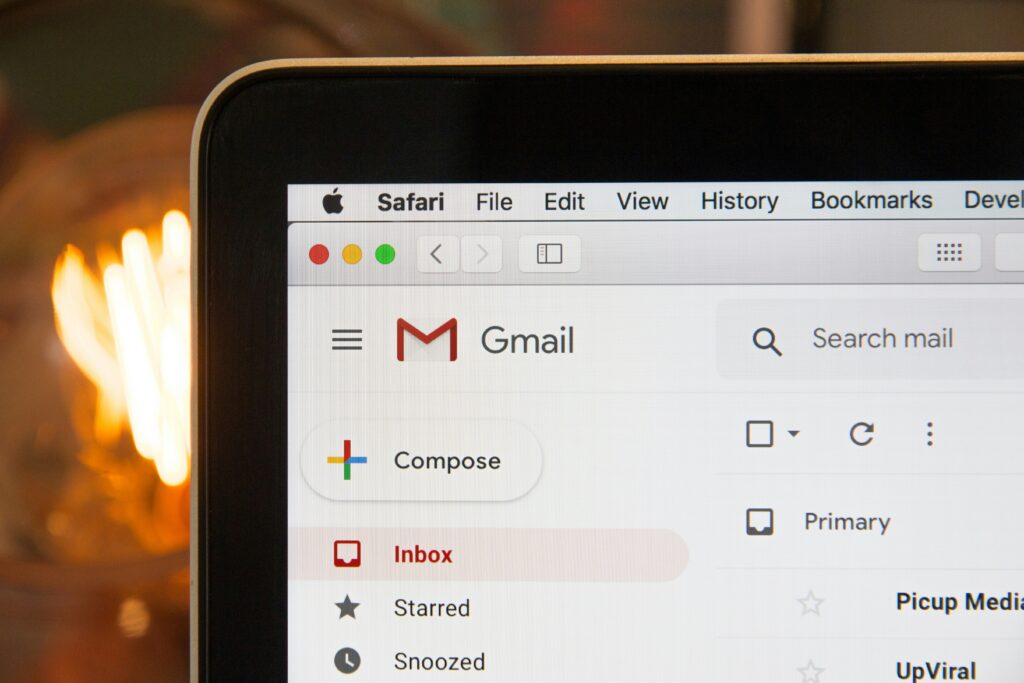
“Is anybody actually reading these emails?!”
If you’ve ever muttered this while staring at your computer screen….you are most definitely not alone.
Your camp updates about tomorrow’s field trip are competing with work emails, bills, and whatever newsletter they forgot to unsubscribe from three years ago.
But what if parents not only opened your messages, but actually absorbed all the information inside? The good news is that it’s entirely possible with a few tweaks.
These email strategies will make your essential camp updates (almost) impossible to ignore.
Subject Lines That Get Noticed
Subject lines are like the movie trailers for your email. If your subject line isn’t grabbing attention or is super vague, it’s not getting opened.
Parents need to know, in 4-7 words, why they should open your email RIGHT NOW.
Be descriptive:
1. “Important: Packing List for Camp Adventure 2025”
2. “Joey’s Week 2 Schedule Update”
3. “Camp Memories: This Week’s Photo Highlights”
Each subject line tells you exactly what you’re getting. No mystery, just a clear description and zero room for confusion.

Use Names (It Really Works)
Do you know why the Starbucks barista asks for your name when they take your order? Sure, shouting “Dave” is probably easier than yelling out some 6-step concoction, but using your name has a psychological impact and builds a stronger connection.
That’s what happens when using a parent or family’s name in an email. Personalized emails evoke an emotional response.
“Dear Mrs. Johnson, We’re excited to have Tyler join us for our Nature Explorers program next week!”.
It takes a few extra minutes to set up those merge fields in an email system, but it’s worth it.
Parents are 100% more likely to read something that feels like it was written just for them and their child.
And bonus tip: If you want to boost open rates, throw their name right into the subject line. Studies say it can bump open rates by 26%.
Think Thumbs, Not Mouse
Parents are often checking emails on the go – standing in line at the grocery store, waiting at soccer practice, or during a quick work break.
Aim for 80-100 words. With 40% of emails opened on mobile devices, messages should be short enough to read quickly without endless scrolling. If it’s too much effort, it’s getting saved for “later” (AKA never).
For detailed info like schedules or policies, consider linking to a page on your website or a PDF.
Find the right balance – too short feels abrupt, and too long gets ignored. Aim for that sweet spot where parents feel informed without feeling overwhelmed or cut off.
Test every email by sending it to yourself and checking on mobile. If you have to pinch and zoom, it’s not ready to send.
Emails NEED to look good on phones. Period.
Give Them One Thing To Do
Every email should have ONE clear action you want them to take. Not five. Not three. One!
1. “Complete Your Child’s Health Form Here” (with a big button)
2. “RSVP for Parent Visiting Day”
3. “View This Week’s Camp Photos”
Make that button or link impossible to miss. If it’s buried in paragraph four, it’s not getting read.
Emails that have too many links are also more likely to get flagged as spam.
New Families Need Extra Love
First-time camp parents can often feel overwhelmed; they’re not sure what to expect, and they’re just hoping they didn’t forget something crucial (like socks or a toothbrush).
Send them a welcome series – three or four emails that break it down for them. Not everything at once, but in a step by step sequence.
1. A personal “Welcome to the Camp Family” email from the camp director
2. The policies they actually need to know (health, safety, etc.)
3. A packing list
4. An intro to key staff
This can help cut down on the questions without overloading them with too much info at once.
Make Communication a Two-Way Street
Let families know exactly who to contact for what, and don’t make them dig for this info.
Also, let them know when to expect a reply – this sets clear expectations, prevents frustration, and cuts down on follow-up emails.
If it’s an urgent matter, offer a backup method of communication because sometimes waiting 48 hours to hear back on a question about their child’s experience just isn’t going to cut it.
Setting regular “office hours” when parents know someone will be available to answer calls can also help reduce email volume for questions that need immediate attention.
Relationships, Not Just Logistics
Take a few minutes to revisit those email templates. Clean up the clutter. Make them easy to skim, clear on details, and a little more human.
You don’t need perfection—just communication that works. When your emails actually get read, you get fewer follow-ups, smoother mornings, and more time to focus on the fun stuff.


